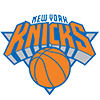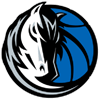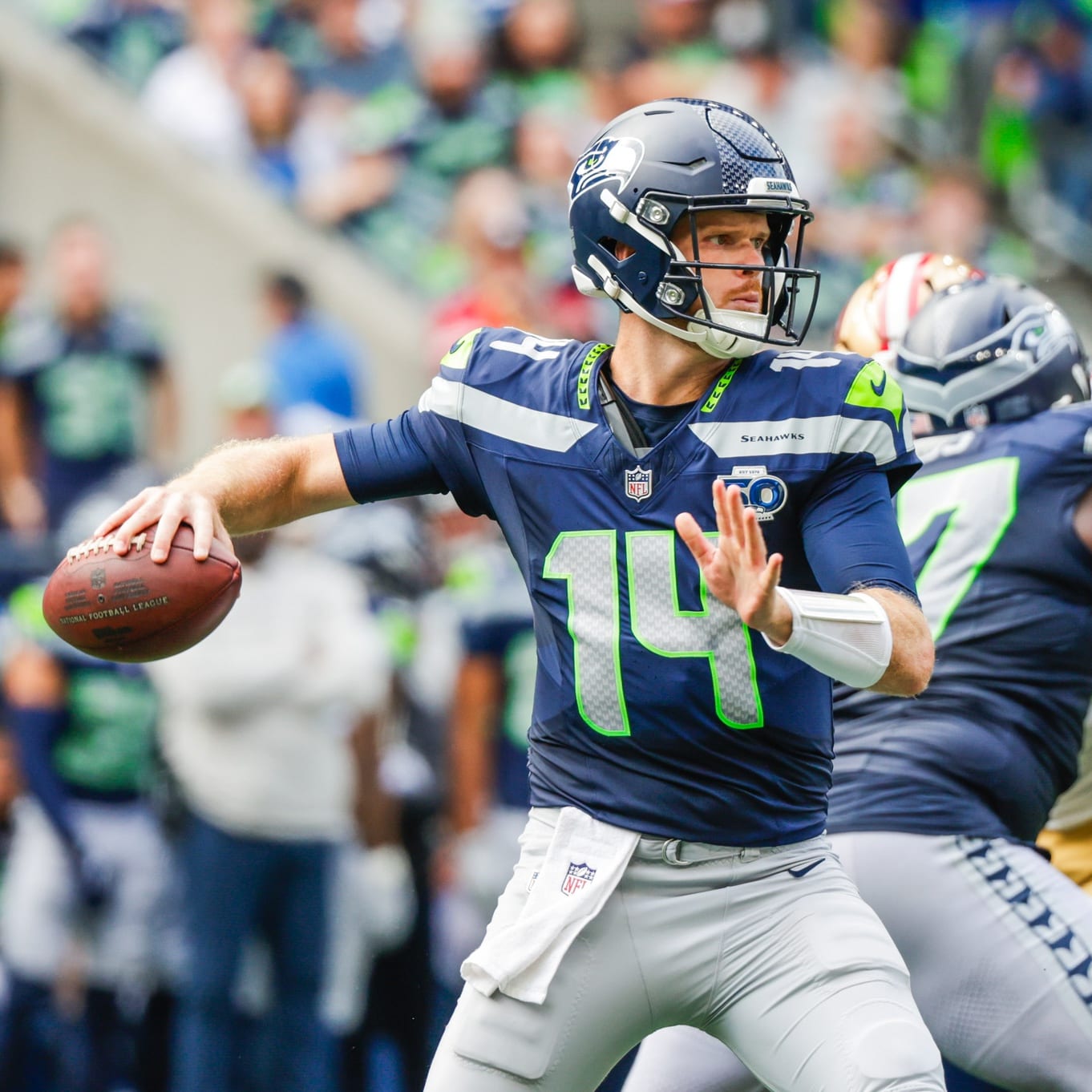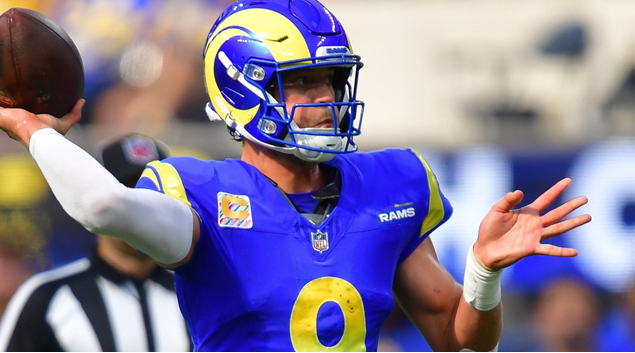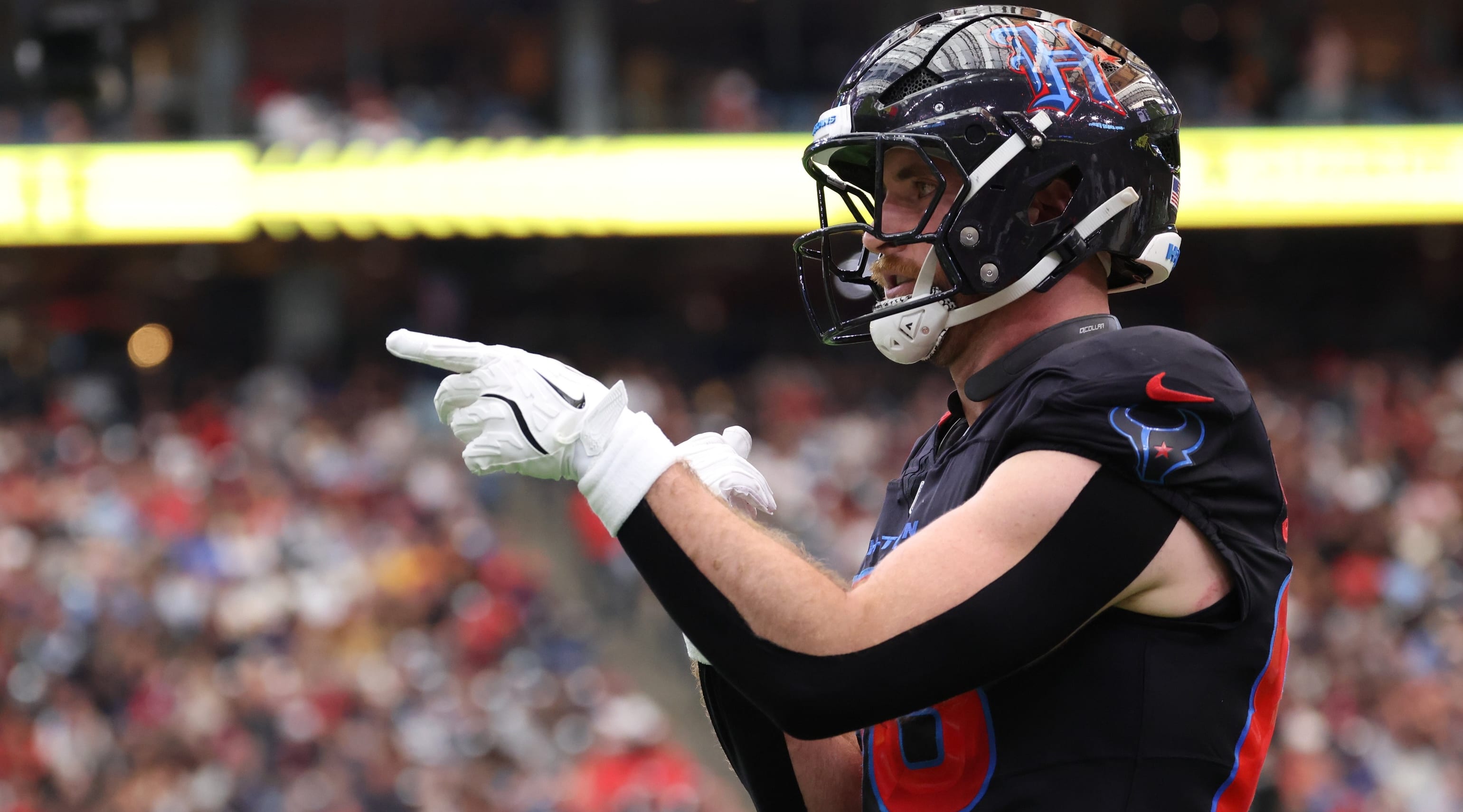No matter whether it's one of the big Underdog Fantasy best ball tournaments or merely a humble cash-game format, for your best ball roster to safely cash you'll need to be sharp in every phase of the draft, including the last couple rounds. This article will look at 12 players worth targeting in the final round, where they often or typically go off the board.
Sign up for Underdog to receive a free 6-month subscription to RotoWire and first deposit match up to $100 with promo code RWNFL. Claim this special offer now at https://play.underdogfantasy.com/pc-MyVn4cbt6l.
Zach Evans, RB, LAR (207.5 ADP)
At just 200 pounds there is likely a workload limitation to keep in mind with Evans, but it's also worth keeping in mind that the Rams depth chart is profoundly weak, including the depth behind Cam Akers at running back. Kyren Williams is the presumed RB2 behind Akers and may well prove the team's primary passing-down back, yet if Akers were to miss time it's clear that Williams wouldn't be able to pick up much of the work, especially as a runner. In the event that Akers sits there's a strong chance that Evans becomes the team's new lead rusher, as he showed reliably efficient rushing production at both TCU and Mississippi, accumulating 1,999 yards and 18 touchdowns on 290 career carries (6.9 YPC)
Joshua Palmer, WR, LAC (210.0 ADP)
Quentin Johnston is a much better talent than Palmer and Palmer's days as the LAC WR3 probably ended when the Chargers took Johnston in the first round of the 2023 draft. Palmer's ADP has accordingly taken a tumble, however, and at this new price he remains viable as a depth pick with upside in the last round. Johnston's domain will primarily be outside and downfield, which is to say routes Palmer was unlikely to run anyway. Palmer more so profiles as the swing backup behind Keenan Allen and Mike Williams, meaning if either player were to miss time then it would be Palmer who inherits the benefits rather than Johnston. There aren't many WR4s in the NFL who inherit an eight-target role when the WR1 or WR2 on that team gets hurt, so Palmer's upside as injury insurance stands out in the 18th.
Terrace Marshall, WR, CAR (210.2 ADP)
Marshall's first two NFL seasons have been a bummer and he's less than likely to go off in 2023. He's still likely better than teammate Jonathan Mingo, however, whose ADP at 129.6 is outrageously high. Whereas Mingo was only a modest-volume receiver at Mississippi, Marshall properly raked at LSU, showing the ability to repeatedly draw and convert targets at a high rate outside and downfield. Marshall in a lot of ways is a trait match to fellow wideout and former LSU product DJ Chark, and both players are a good aesthetic match for the kind of lofty sideline throws Bryce Young makes his living on. Young lacks the throwing platform or throwing velocity to make tight-window throws over the middle as much as some other top quarterbacks, so he'll have to make it up by landing that many more strikes toward the boundary and downfield. That's exactly where Marshall thrives – it's over the middle that Marshall is at his weakest.
Michael Carter, RB, NYJ (212.3 ADP)
The limitations in Carter's game were foreseeable due to his tiny frame and lack of standout athleticism to offset that frame, and at the pro level he predictably struggled to create space the way he did at North Carolina. Rather than a true gamebreaker, Carter is more so a running back who can take space that's already created for him. With Aaron Rodgers at quarterback there should be much more space than Carter saw in his first two seasons, and particularly early in the year there's a chance Carter functions as the Jets' primary passing-down back while Breece Hall (ACL) gets back into form. Carter should be a 20-to-25 snap player even when Hall is healthy, so in an improved offense there's room for Carter to coexist with Hall, at least at this trivial cost.
Jelani Woods, TE, IND (213.0 ADP)
At this price Woods doesn't even need to be especially productive to pay off as a bargain. New coach Shane Steichen is generally more vertically-minded than most playcallers, so Woods and the vertical threat he poses at 6-foot-7 with 4.61-second speed are probably a better schematic fit at tight end than fellow tight end Kylen Granson. Granson drew 40 targets on 390 snaps in 2022, on an ADOT of just 6.2 yards (43rd percentile), likely in part because Granson lacks the reach and speed to pose a threat down the seam (4.64-second pro day 40 at 6-foot-2, 241 pounds). After drawing 40 targets on 318 snaps as a rookie, Woods should be a candidate to play 700 snaps for the Colts in 2023.
Michael Wilson, WR, ARI (213.2 ADP)
With no DeAndre Hopkins around there's a void in the Cardinals offense not just in the sense of the vacated targets, but almost just as significantly in the sense of vacated personnel reps. What that means is that Hopkins left a certain number of targets up for grabs, but he more specifically left targets from certain positions, running certain routes. While Marquise Brown, Rondale Moore and Greg Dortch are all notable incumbents who draw targets at a rapid per-snap rate, there's no way the Cardinals run a three-wide loadout with those three receivers since none of them can line up at the same spots as Hopkins. Dortch in particular is marked for a backup role given that his otherwise high per-snap target rates were accumulated when both Hopkins and Moore were out.
Look for Arizona's base three-wide set to feature Brown, Moore and Wilson with Dortch playing as the WR4. Wilson (6-foot-2, 213 pounds) provides desperately needed physicality in what is still easily the smallest WR1-WR4 lineup in the league, so he'll be the primary boundary receiver while Brown and especially Moore get into the slot as much as possible. While Wilson never posted big production at Stanford it was mostly due to injury troubles, so if he stays healthy he's a candidate to place second in wide receiver snaps for the Cardinals this year.
Puka Nacua, WR, LAR (214.5 ADP)
Nacua is risky for at least a few reasons – Sean McVay's bizarre depth chart sensibilities add an unpleasant spin to Nacua's profile even after you factor for his dubious athletic testing and long history of durability troubles – but the Rams depth chart is pitifully weak and there's no reason a player like Nacua should be on the bench if one like Ben Skowronek is otherwise playing starter-like snap counts. Mediocre as his athletic testing might have been (4.57-second pro day 40 at 6-foot-2, 210 pounds), Nacua was productive at both BYU and Washington. When healthy, he always produced, especially as a horizontal threat. Nacua's usage as a sweep threat at BYU could portend usage like Robert Woods once saw in the McVay system – a horizontal threat that hasn't been imitated since they traded Woods to Tennessee. If Nacua stays healthy then there's a non-zero chance he emerges as the Rams' fantasy WR2 behind Cooper Kupp.
DeVante Parker, WR, NE (214.6 ADP)
Parker's injury history is absolutely maddening, especially if you've ever had him in season-long fantasy. In best ball the situation is very different, though, because if Parker misses a game or gets hurt in-game then his zero simply goes to the bench. When Parker is not injured, though, he's a standout talent capable of producing like a WR1. In the last round Parker is not even especially risky anymore, and if he doesn't get hurt he's a candidate to lead the Patriots in receiving yardage and receiving touchdowns. Perhaps Parker would be too risky to be worth a 15th-round pick, but I promise you the majority of picks in the 18th round will prove worse than Parker.
Keaontay Ingram, RB, ARI (214.9 ADP)
The Cardinals offense is a trainwreck and James Conner is undisputed as the starter, so with Ingram there are environmental factors compounding the ongoing question around how good Ingram might actually be. His 2022 rookie season was inconclusive though less than promising, producing just 81 yards and a touchdown from scrimmage on just 99 snaps, but his athletic traits and production in college imply that Ingram's rookie-year sample is less than representative.
More importantly than the question of how good he might be is the fact that Ingram seems all but designated as the RB2 behind Conner, who's faced major injury issues at multiple points in his career. Even if Ingram isn't any good, there's a chance he inherits a starter-like workload if Conner faces injury outcomes similar to what he already has at multiple points. Ingram has real upside if only for his athletic traits, where he's notable for possessing a bruising, workhorse-viable frame at 221 yet with movement ability that makes him look more like a 205-pound back at a glance. Not only is Ingram obviously toolsy, but he was consistently productive in college at Texas and USC, notably playing ahead of Roschon Johnson when the two were at Texas. Ingram holds a uniquely high workload upside in the 20th round, and he might actually be pretty good, too.
DeWayne McBride, RB, MIN (215.2 ADP)
If Dalvin Cook ever gets cut/traded then it opens up a clear, immediate avenue for McBride to provide fantasy upside as the potential backup to Alexander Mattison. Mattison never fumbles and knows how to play on passing downs, so McBride wouldn't be a three-down player even in the best-case scenario, but there are upwards of 70 snaps to distribute in a game and Mattison himself doesn't project as more than a 35-to-40 snap type due to his modest explosiveness from scrimmage.
McBride's angle is simple: he is a better pure runner than Mattison, not to mention the other remaining Vikings backs. Mattison can pick up all the passing-down snaps and still have upwards of 30 snaps left over for McBride to handle in more run-heavy situations. As much as Mattison offers stability, McBride presents explosiveness that might prove tempting to Minnesota when they need a big play that Mattison can't offer them. Cook and Mattison split 338 carries last year. It shouldn't shock anyone if McBride claims 150 or so, because rushing ability like his is not common and like any coach Kevin O'Connell will have a hard time sending McBride back to the bench if the rookie makes big plays with his initial workload. After running for 3,523 yards and 36 touchdowns on 484 carries (7.3 YPC) at UAB, it's safe to assume that McBride won't get pushed back if he manages to just get his foot into the door.
Deonte Harty, WR, BUF (215.7 ADP)
Harty isn't a viable candidate for a drafter specifically aiming for maximum upside, because at just 5-foot-6, 171 pounds he's strictly an off-the-bench player, but Harty is a unique big-play threat whose ability to draw targets at a high ADOT and consistently create yardage after the catch makes him a candidate to post a high YPT and high touchdown percentage per target. In other words, as much as Harty probably won't give you any 20-point weeks, he is one of the likeliest players in the league to make a start-able fantasy week out of a 25-snap workload. Harty could be a cheap way to provide some floor to your wide receiver rotation, in other words.
Chris Rodriguez, RB, WAS (215.7 ADP)
Rodriguez might not offer much floor as a rookie fifth-round pick, but his upside at running back might be unique for this range of the ADP. As much as he's the third-string Washington running back in the meantime, Rodriguez is one of the few RB3s league-wide who could plausibly finish the year as his team's RB1, even for non-injury reasons. Rodriguez is unambiguously a more talented pure runner than Brian Robinson, and Rodriguez might be good enough in blitz pickup to draw a handful of passing down snaps even with Antonio Gibson the far superior pass catcher of the three. At 6-feet, 217 pounds Rodriguez has the frame to take on a workhorse role if the usage should be up for grabs, and his production at Kentucky – 3,643 yards and 33 touchdowns on 592 carries (6.2 YPC) – clearly indicates that Rodriguez has significant rushing ability to pair with his frame. By contrast, Robinson produced just 2,704 yards and 29 touchdowns on 545 carries (5.0 YPC) despite playing in the much more favorable offense at Alabama.







